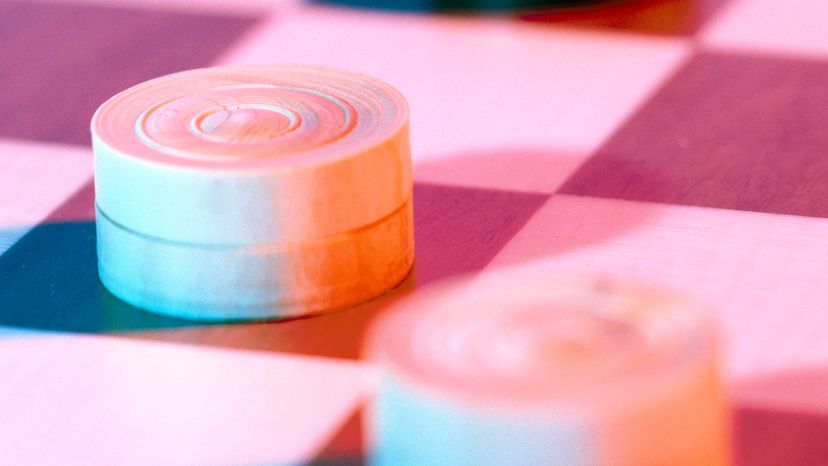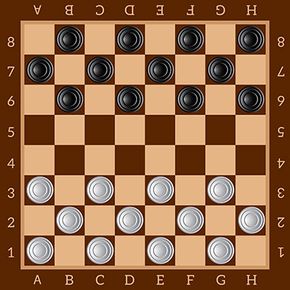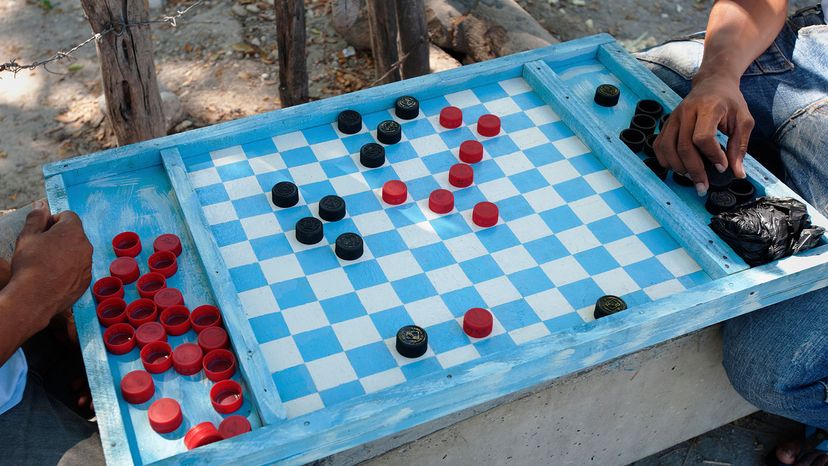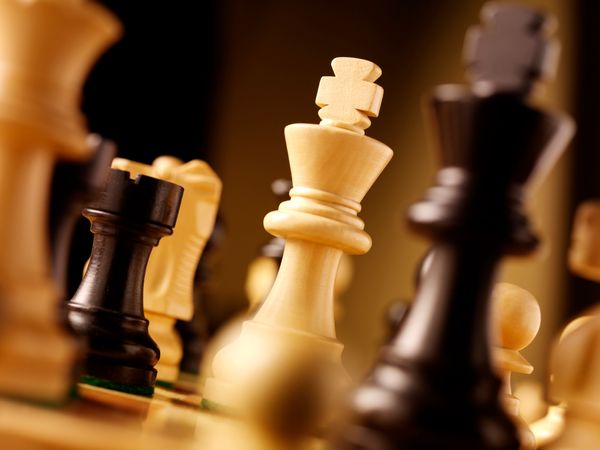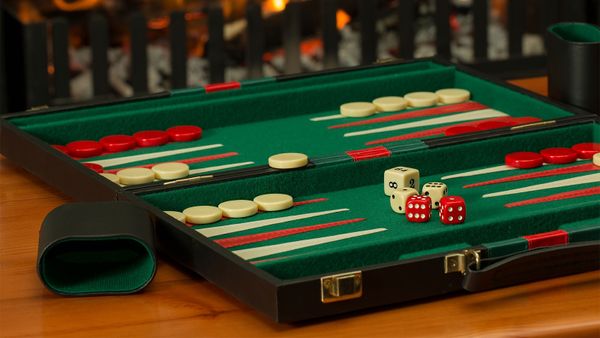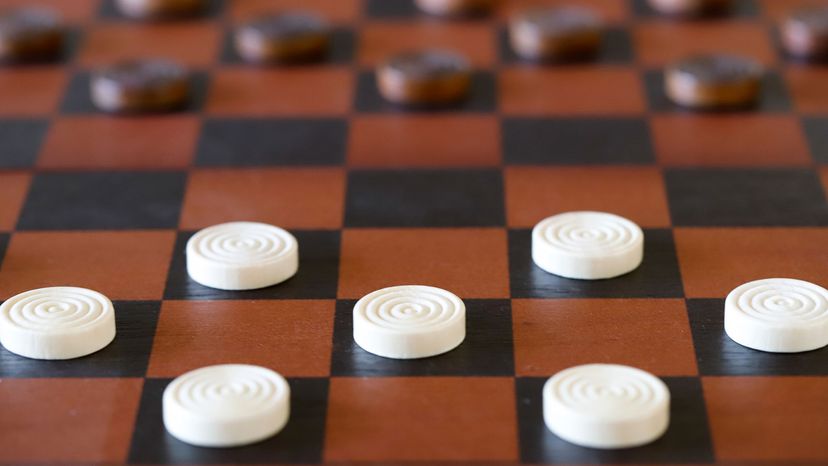
Checkers has been capturing the minds of board game fans around the globe for thousands of years. It is known as a mind sport of kings and men because of its depth and simplicity. Despite its apparent straightforwardness, the game has been studied and theorized to nearly the same extent as other classics such as chess or backgammon.
Although checkers tournaments and competitions exist, it's a game that can be played anywhere — from back porches to grassy parks to the backseat of a car (though you might need a magnetic travel version in this case). It has the classic of appeal of being easy to learn and difficult to master. You can learn how to play checkers on your own or with another amateur partner once you have the foundations for how the game works.
Advertisement
Checkers is a two-player game in which each player gets 12 discs of either a light or dark color. A standard U.S. checkers board consists of 64 squares that alternate between light and dark colors, typically black and white or black and red [source: Hasbro]. The board size is the same as in chess, and often the games are packaged together.
To set up a game, each player places his 12 discs on the dark squares closest to him, taking up a total of three rows. Once the board is set up, the players alternate making moves across the board.
The object of checkers, like most games, is to win. You win by capturing all your opponent's pieces — without yours being captured in the process — or by leaving the opponent with no legal moves. We'll look thoroughly at this in the next section.
If you don't have a board or pieces lying around the house, don't worry — computer checkers is as common as computer chess and is easy to find online. On top of being great teaching tools when learning the rules of the game, computerized versions can be excellent practice for newcomers and old hands alike. Computers and checkers also share an interesting connection, which you can read more about in the sidebar on this page.
Advertisement
